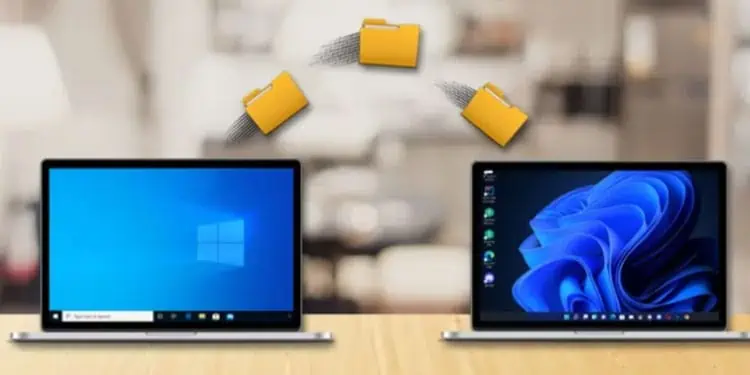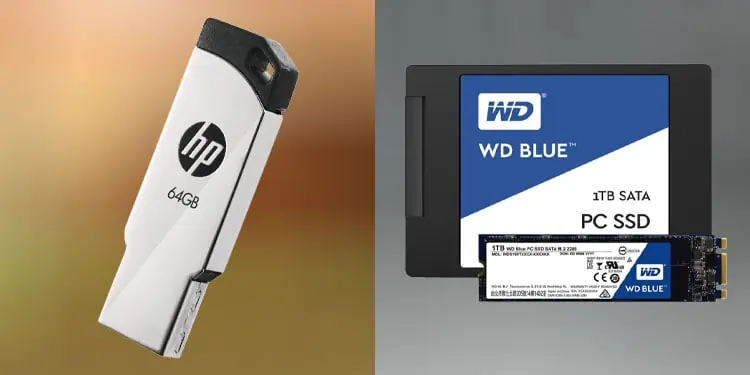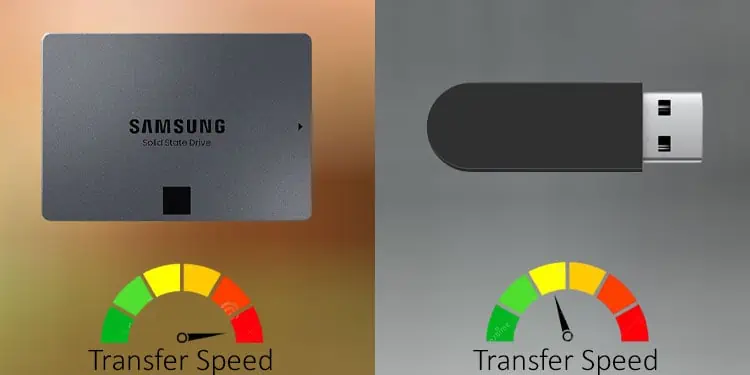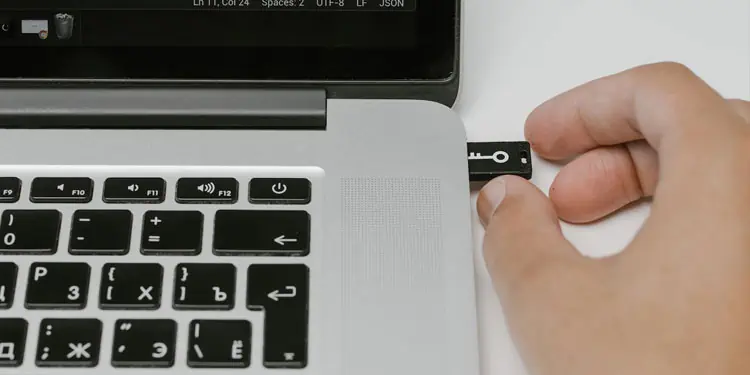Storage devices have advanced drastically over the last few decades. From storing megabytes of data on a magnetic disk to storing terabytes of data on a small chip, we can say that storage device are definitely one of the components that have scaled the most.
However, due to the several types of storage devices you may find in the market, users are bound to run into a dilemma when choosing a storage device. Talking about portable storage devices, there are two types of storage devices that most users get confused about. These are the Thumb Drive and the Flash Drive.
Flash Drive and Thumb Drive
A flash drive comes in different shapes and sizes. One of the type of flash drives is a thumb drive. Both thumb drives and flash drives use flash memory chips to store data. Since data are stored in a small chip, we can access these data electrically. And therefore, you may easily manipulate data in aflash memorychip.
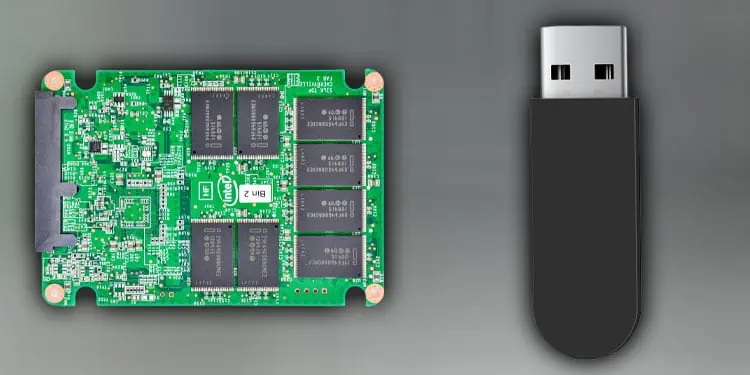
As other storage devices, like the SD card, you may directly connect the thumb drive and the flash drive to the PC. The only difference between the two is that the Thumb drive uses a USB port to connect to the PC. However, the case is quite different for flash drives.
Depending on the type of flash drive, it can directlyconnect to the a slot on the motherboard, or you may use a USB cable to connect.
Let us dive into details about the two drives in further detail.
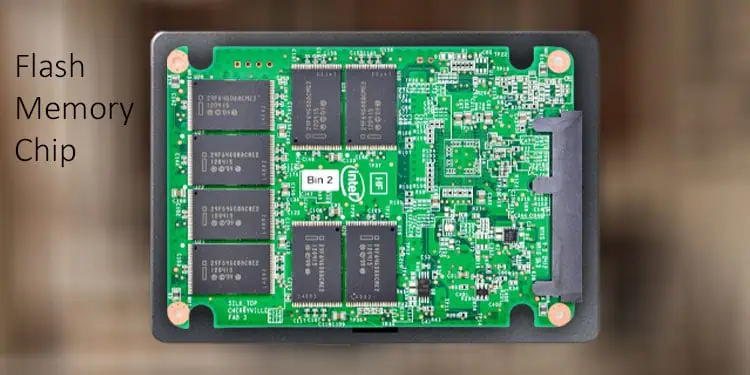
Any storage device that uses a flash memory chip is called a flash drive. Flash memory is a technology where a storage device saves all your data electrically on a small chip inside its casing.
Flash memory is a type of EEPROM (Electronically Erasable Programmable Read-Only Memory), meaning that it uses electrical current to read, write, erase or replace data inside the chip. Furthermore, flash drives are non-volatile memory, meaning that data saved inside a flash drive are not deleted once the power supply cuts off.
All the data are read and written electrically and not mechanically. Due to this, these devices havehigh read and write speedsand many storage devices use this technology to store data.
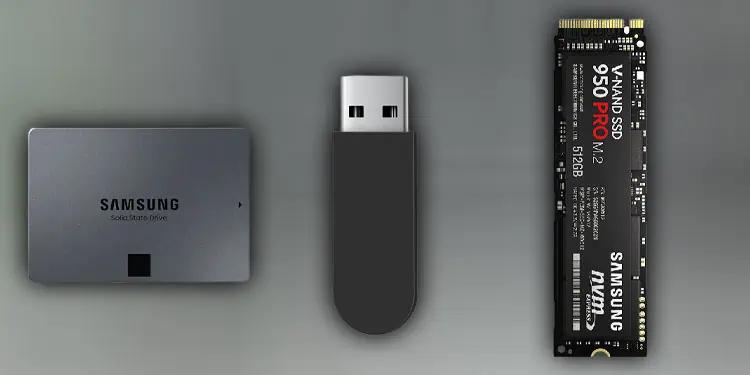
Flash memories are also combined with other storage technologies to derive new storage devices such asSSD, fusion drives, NVMe, USB flash drives, and SD cards. However, the speed of these devices entirely depends on the type of storage device and the type of connection used to connect the storage device to the computer.
For example, an external SSD withUSB 3.0 will have a lower read/write speedcompared to an external SSD with USB C. Most users around the world consider a Flash drive as a USB drive,
However, this is not true, as flash drives are any storage device that uses a flash memory chip to store data.
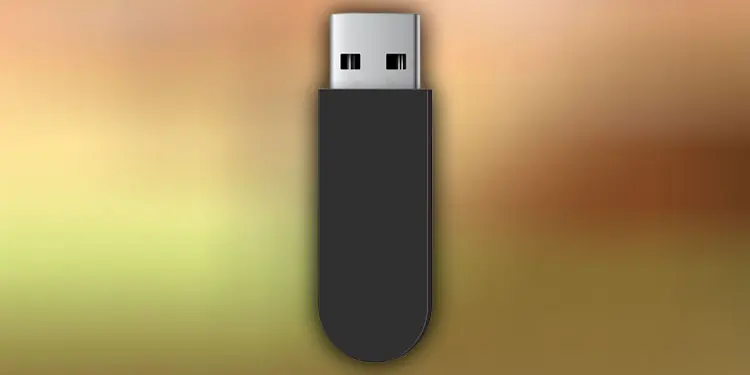
Although USB pen drives use flash memory technology to store data, they are not called flash drives themselves, but USB flash drives or even thumb drives.
Before we jump into a thumb drive, you should know that a thumb drive and a USB flash drive are the same things. A thumb drive is one type of flash drive. Thumb drives also use flash memory chips to store data. It is an SSD that fits on your thumb.
